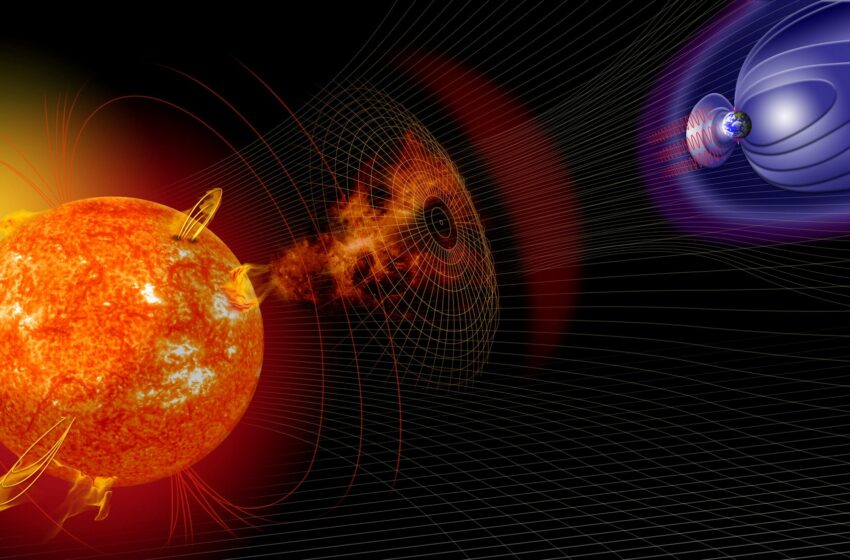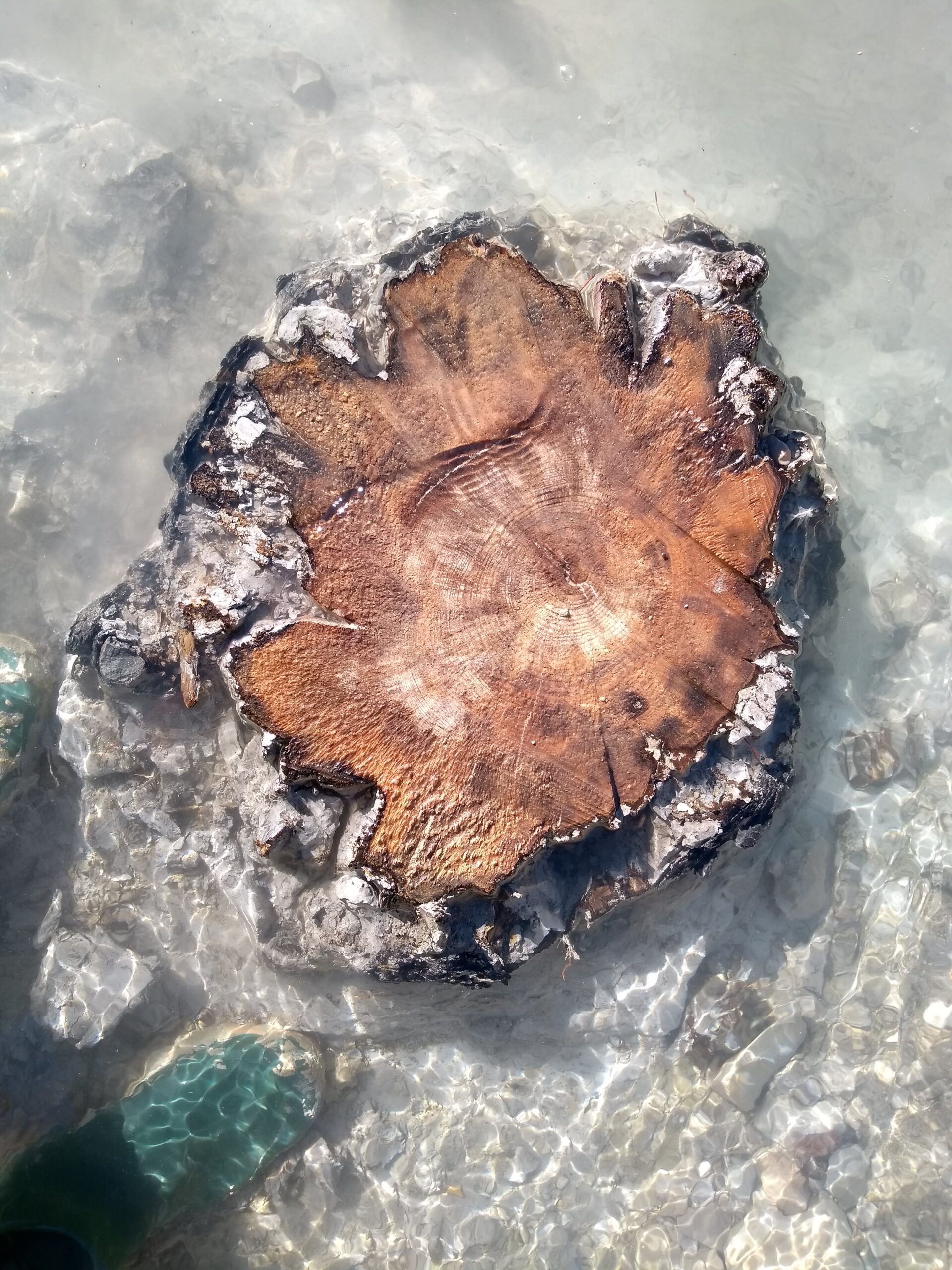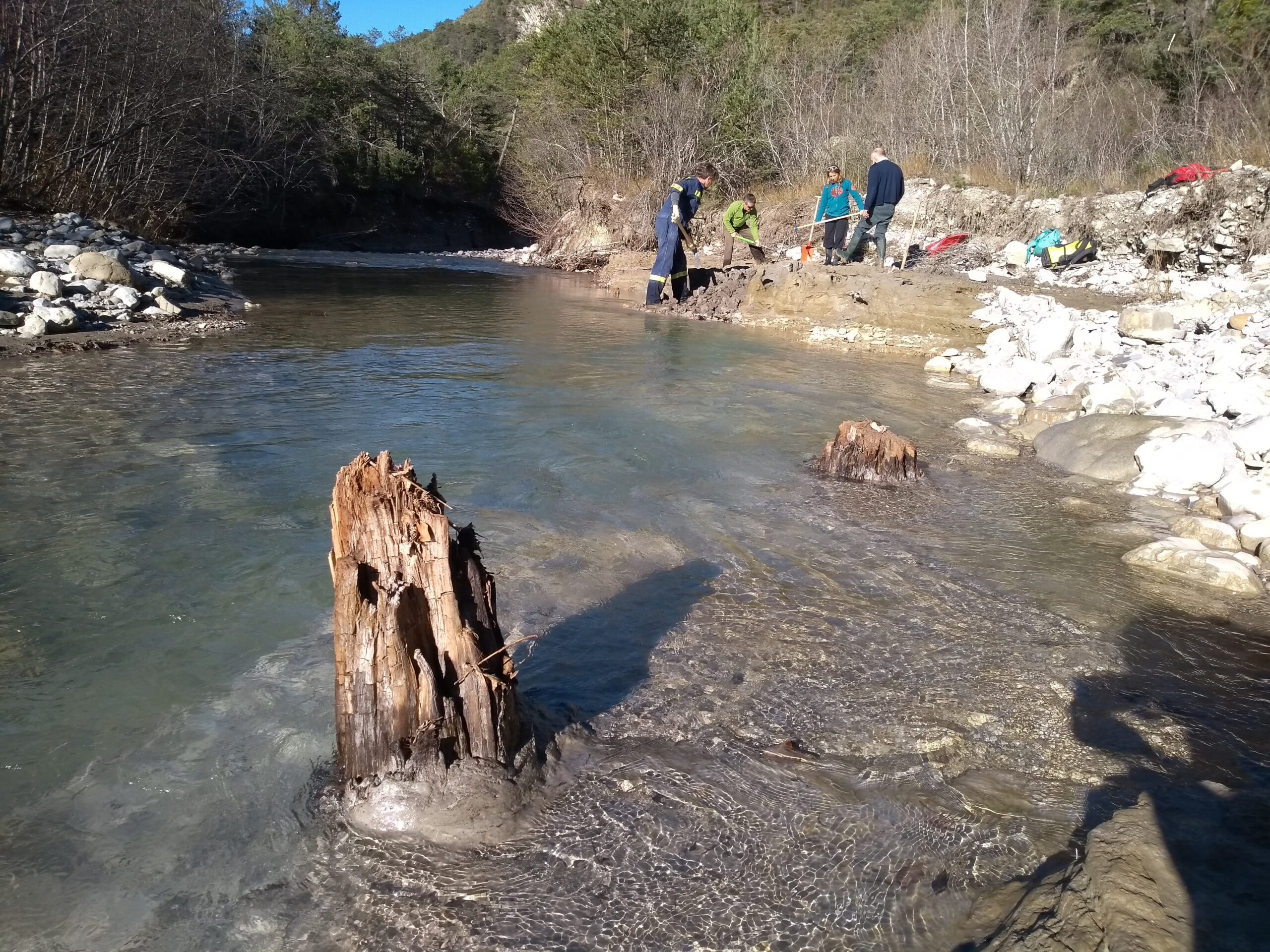Researchers Identify Largest Ever Solar Storm using Ancient 14,300-year-old Tree Rings

The climate crisis has caused the Earth to be ravaged in more storms and extreme weather events in recent years. We see large scale storms on other planets – Jupiter’s famous ‘Great Red Spot’ is actually an ongoing storm that was first seen in 1879 – and even on our sun. Solar storms can impact us on Earth due to how close we are to our host star. Although the sun hasn’t had a massive solar outburst within recorded human history, scientists know there have been some in the past. Known as Miyake Events, there have been a total of nine such solar storms, but none previously have been on the same scale as the one discovered on the 9th October this year in tree rings found in the Drouzet river, France.
Earlier last month a team of international scientists from institutions all over the world, including the University of Leeds, have announced that they have discovered evidence of the largest ever solar storm that is thought to have occurred over 14,300 years ago. They were able to do this by slicing apart the subfossil (remains of tree trunks that are not yet fully fossilised) into separate tree rings so they were ready for analysis. “We then carefully pieced together the separate trees to create a longer timeline using a method called dendrochronology [the study of annual tree growth]. This allowed us to discover invaluable information on past environmental changes and measure radiocarbon over an uncharted period of solar activity” explains Associate Professor Cécile Miramont, a member of the research team.

What they were looking for was a large spike in radiocarbon levels. “Radiocarbon is constantly being produced in the upper atmosphere through a chain of reactions initiated by cosmic rays” said Professor Edouard Bard, the lead author of the study. “Extreme solar events including solar flares and coronal mass ejections can also create short-term bursts of energetic particles which are preserved as huge spikes in radiocarbon production occurring over the course of just a single year” he adds. The scientists compared the tree ring samples to Greenland ice core beryllium measurements and determined that both were caused by this giant solar storm.
As fascinating as this is, there is a warning to heed here. It’s imperative that research like this is done so that preparation can be done in the event that a solar storm does occur. Because of the way our energy and telecommunication systems work, if a solar storm hit tomorrow, they would be almost completely destroyed and cost billions of pounds to repair. Professor Tim Heaton, lecturer and researcher at the University of Leeds, warns that it could “permanently damage the transformers in our electricity grids, resulting in huge and widespread blackouts lasting months” as well as damaging satellites that “we all rely on for navigation and telecommunication, leaving them unusable. They would also create severe radiation risks to astronauts”.

Very little is known about these solar storms, especially as they have never been observed with scientific instruments directly. “A precise understanding of our past is essential if we want to accurately predict our future and mitigate potential risks. We still have much to learn. Each new discovery not only helps answer existing key questions but can also generate new ones” states Professor Heaton.
The team have published a paper detailing their findings and can be found here.

